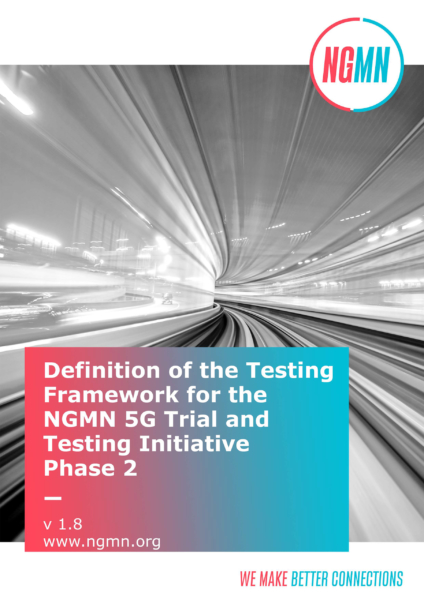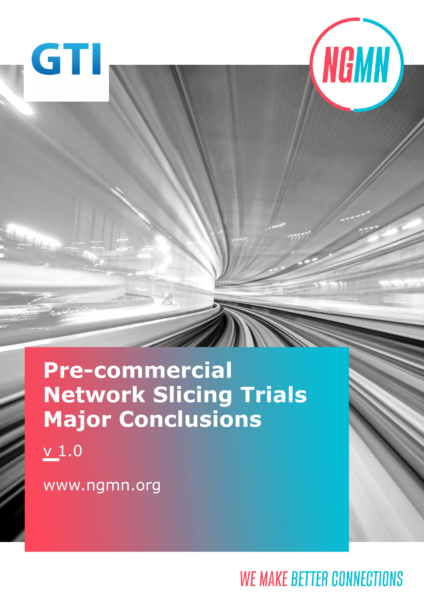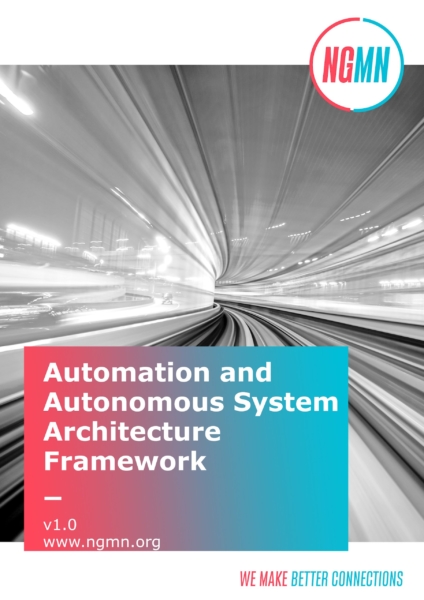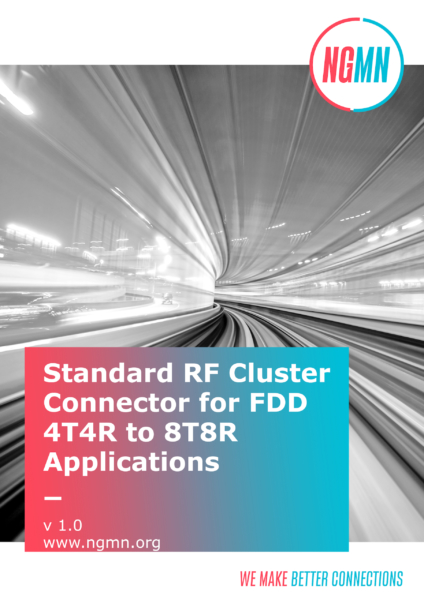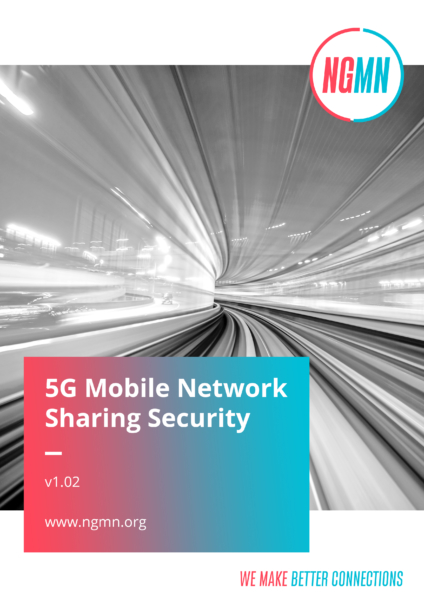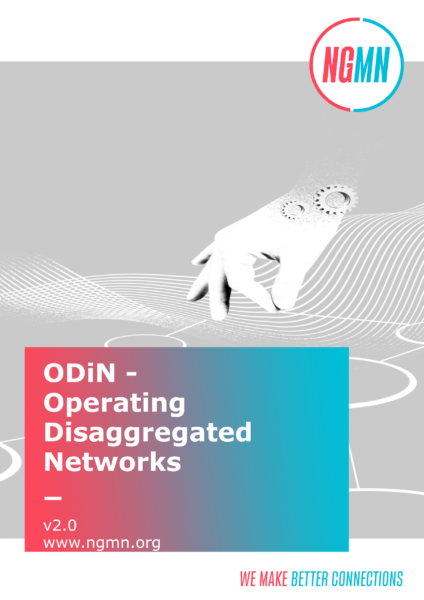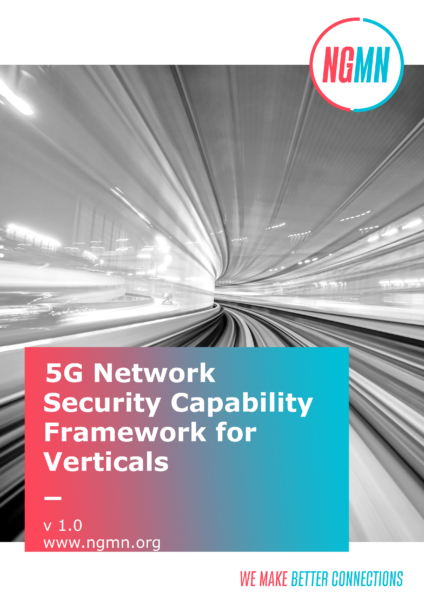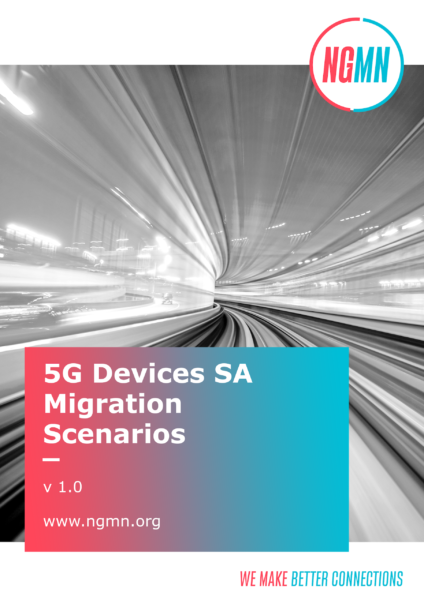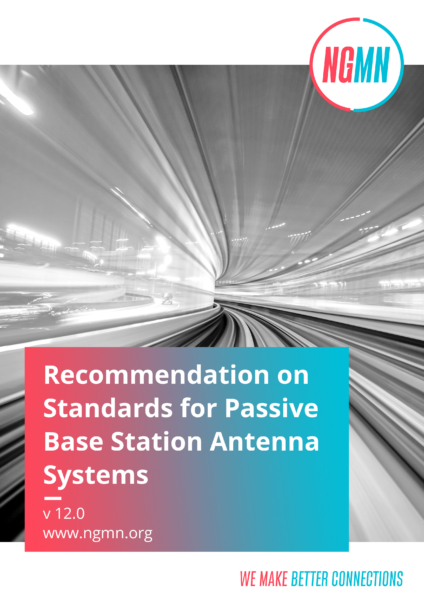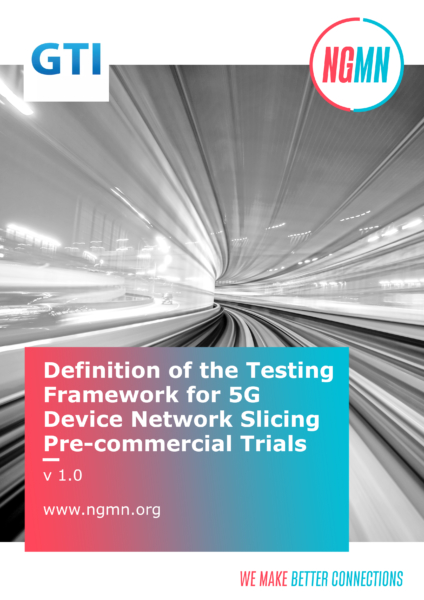Definition of the Testing Framework for the NGMN 5G Trial and Testing Initiative Phase 2 V1.8
This White Paper focuses on the definition of the testing framework for Release 16, including the test configurations, the working scope, the trial setup requirements, and the testing methodologies. The scope of testing covers four technology categories: Smart and Effective System, Enhancement of Existing Capabilities, Maximising Spectrum Value, and New Application Enabler. Each category consists of several technology directions, which are broken down to the technology features highlighted from the global operators’ perspective. The corresponding test results will be published in future NGMN deliverables.
